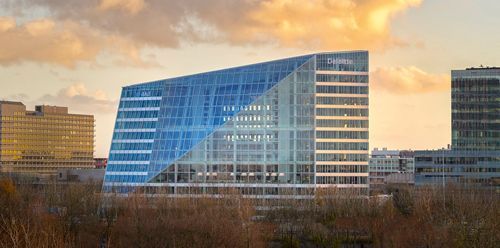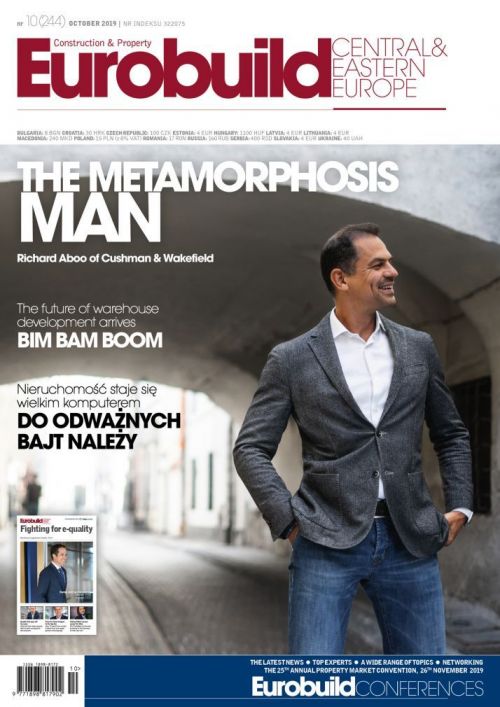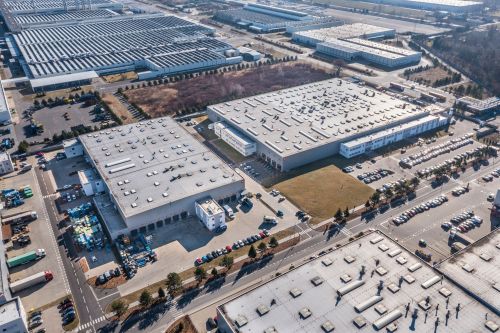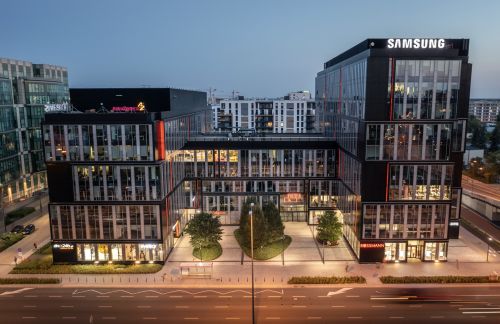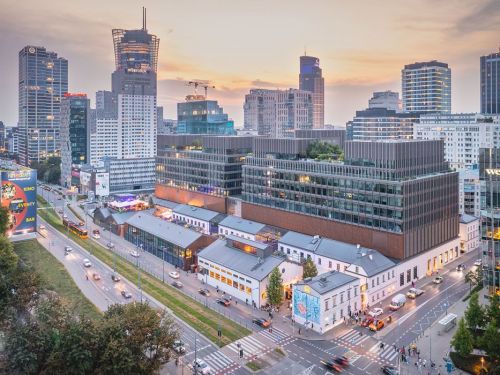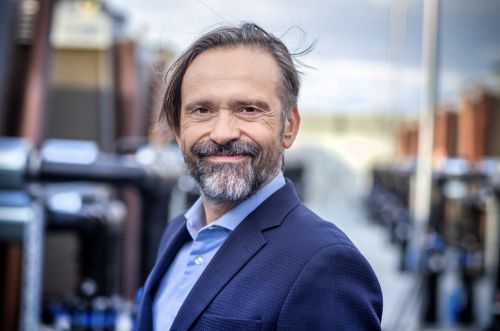For the study, some of the most technologically advanced buildings in the world, such as The Edge in Amsterdam, were used as a benchmark. The study’s eleven criteria were divided into two categories ‘energy & efficiency’ and ‘tenant experience, security & safety’.
The energy & efficiency category looks at the use of all utilities: heating, cooling, electricity, and water, since these days the most advanced buildings will not only continuously monitor and optimise their electricity consumption, but also generate their own power from renewable sources using solar panels on the roof or even geothermal heating. Modern buildings can continuously monitor light levels, humidity temperature, and occupancy levels and may also include such features as automated shading.
The second category looks at the occupier experience and includes fire safety and security. It examines Integrated office space management systems such as conference reservation system
